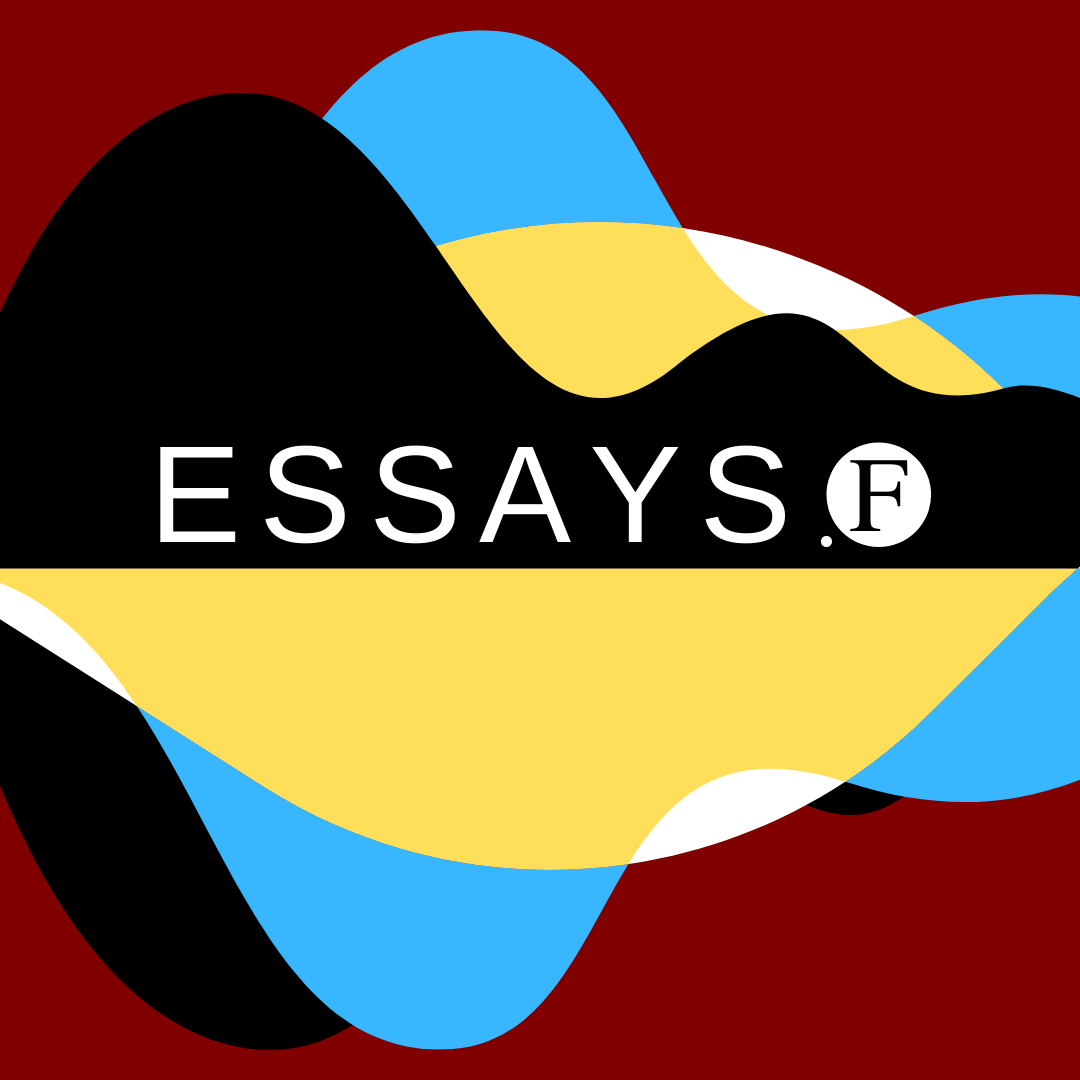Seeing Is Believing?
Daniel Whistler and Daniel Hill ask what kind of harm religious symbols might cause
It is sometimes hard to see how religious symbols can harm us—and therefore how an ethics of religious symbolism might be framed. Legal debates around the protection of freedoms and rights still take their cue from J. S. Mill’s ‘one very simple principle’ that structures On Liberty: ‘The only purpose for which power can be rightfully exercised over any member of a civilized community, against his will, is to prevent harm to others’. It is for this reason that cases concerning religious symbols heard in Strasbourg under Article 9 of the European Convention of Human Rights (protecting ‘freedom of thought, conscience and religion’) often involve an analysis of the types of harm that such symbols are likely to cause. Yet, what would it mean for a symbol to cause us harm?
There are a number of ways to categorize such harms. There are physical harms as well as mental harms, or harm to communities as well as harm to individuals. Article 9 of the Convention is very specific about some of these harms, but not others. For example, uses of religious symbols can be justifiably limited by the state if they destabilize public order (this is a collective harm) or if they put someone else’s health at risk (a physical harm). The latter is—despite first appearances—a fairly common problem: nurses wearing crosses around their necks, for instance, can be found to be in breach of health and safety regulations. More difficult to determine, however, are the sorts of mental harm to individuals that religious symbols can cause. It is no surprise that Article 9 is much vaguer on this point, specifying that limitations on religious freedoms are justifiable only ‘for the protection of the rights and freedoms of others’.
One strategy taken by legal theorists is just simply to deny that any kind of analysis of harm is possible when it comes to the specific instance of religious symbols. Robert Wintemute sometimes takes this approach (although he also questions it elsewhere), stating simply, ‘I would argue that [in legal cases involving] religious clothing or symbols […] the individual’s manifestation of their religious beliefs causes no direct harm to others’. There is, however, another approach often taken—to treat debates about the right to wear religious symbols as completely analogous to the discussion of freedom of speech. The harms likely to be caused by religious symbols are, on this analogy, pretty much the same as the harms caused by hate-speech. But such an analogy is more often assumed than demonstrated—is it actually the case that symbolism and speech are comparable in this context?
Take, for example, one of the ‘rights and freedoms of others’ that the European Court of Human Rights has found to be contravened by harmful uses of religious symbols: the freedom of religion of other individuals. That is, some uses of religious symbols have been judged to interfere with the ability of other individuals to choose and practise their own religion. This is most obvious in the classroom: the teacher may wear, privilege, or draw attention to symbols from a particular religion that are perceived to interfere with the freedom of her pupils to determine their own religion without undue influence. The harm thereby caused is categorized as a form of ‘improper proselytizing’. The question we are pursuing can thus be expressed as follows: can symbols be used to proselytize in the same way as verbal persuasion can? That is, more specifically, how can symbols interfere with other individuals’ right to determine or practise their own religion?
What is at stake here is this very analogy often drawn between hate-speech and harmful uses of religious symbols. And it is noticeable that this analogy is put into question in the very court cases themselves. Here is a passage from the judgement of one of the most controversial cases heard at the European Court of Human Rights in recent times, Lautsi v Italy:
A crucifix on a wall is an essentially passive symbol and this point is of importance in the Court’s view […] It cannot be deemed to have an influence on pupils comparable to that of didactic speech or participation in religious activities.
The Lautsi case concerned crucifixes displayed on the walls of state-school classrooms in Italy. A parent committed to secularism challenged their presence on the grounds that they interfered with her children’s right to determine their religious identity free from undue influence (a ‘negative freedom of religion’). Initially in 2009, the European Court of Human Rights decided in favour of the secularist parent that such crucifixes constitute ‘powerful external symbols’—that is, they are likely to be perceived as a form of improper proselytizing by the Italian state, an attempt unduly to influence the freedom to determine beliefs that the children enjoy. The Court was here following an earlier judgement, Dahlab v Switzerland, in which it had similarly endorsed the Swiss Government’s view that a Muslim headscarf worn by a teacher of young pupils was a ‘powerful’ symbol that could unduly influence the consciences of vulnerable children.
The quotation above is from the second hearing of the Lautsi case, which—following interventions from the Vatican, the Polish Catholic Church, the Greek Orthodox Church, the Patriarch of Moscow and ten national governments—overturned the original judgement: the crucifixes in the classroom were now not a powerful instance of improper state proselytism. Very clearly indicated in the second sentence of the above quotation is that part of the reason behind this new decision was that the judges now argued that the crucifix on the classroom wall was not to be understood in analogy with ‘didactic speech’ or forced ‘participation in religious observances’. That is, the judgement implies that while it is easily comprehensible that speech (to take just the first instance) can be an instance of proselytizing, it is doubtful that religious symbols can. Speech and symbolism are not ‘comparable’, this second judgement claims.
This forceful distinction between the effects of the crucifix and those of didactic speech calls into question precisely that analogy frequently, if complacently, made between symbolism and free speech. The judgement claims that the crucifix on a wall cannot cause the same type of harm (or, perhaps, it cannot cause this harm to the same extent) as didactic speech. Speech that intends to persuade or convert and contains material concerned with persuading or converting is more ‘powerful’ (to use a term mentioned above), that is, it interferes more with other individuals’ freedom of religion.
Nevertheless, a new problem now emerges: the European Court of Human Rights has concluded that (in specific circumstances) an Islamic headscarf worn by a primary-school teacher is in principle harmful because it is ‘powerful’ enough to interfere with children’s freedom of conscience, whereas a crucifix on the classroom wall is not harmful in this way. Whatever the sense behind this distinction, the political message it sends is surely unhelpful.
On the one hand, then, the sense behind this difference in treatment lies partly in the fact that in Dahlab, since it is the teacher who wore a headscarf, then the teacher—and so (to some extent) the teaching—was to be identified as religious, whereas a crucifix on the classroom wall need not identify the teaching itself as religious. Something like this ultimately does differentiate Dahlab’s headscarf from the Italian crucifix (as too does the European Court of Human Rights’ ‘margin of appreciation’ doctrine—that latitude should be given to different nation states to deal with these issues in different ways). However, on the other hand, it remains the case that Christian symbols have been disentwined from the problematic hate-speech analogy in Strasbourg jurisprudence in a way that Islamic symbols (and other manifestations of Islam) have not. Perhaps the best course of action here is critically to return to the judgement of Dahlab v Switzerland. While the European Court of Human Rights may have been right to have judged that the headscarf in Dahlab was a significant expression of a belief laid out in the Koran, this does not (at least, in any straightforward way) mean that the headscarf transmits, exhibits, or explicitly persuades people of such beliefs in the way ‘didactic speech’ might. To conceive the harm caused by religious symbols as analogous to that caused by hate-speech is not only problematic when it comes to state-sanctioned Christian symbolism, but also when it comes to the clothing worn by Muslim women—and this is something that the European Court of Human Rights has yet to acknowledge.
Image credit: Allégorie de la loi française de Séparation de l’Eglise et de l’Etat (1905)
The Source Code
This essay is based on the chapter ‘Philosophy of Law and Religion’ by Daniel Whistler and Daniel Hill, in The Research Handbook on Interdisciplinary Approaches to Law and Religion, edited by Norman Doe, Russell Sandberg and Caroline Williams (Elgar Press, 2017).






